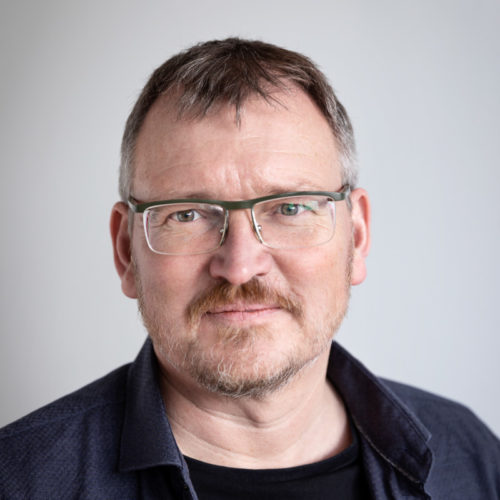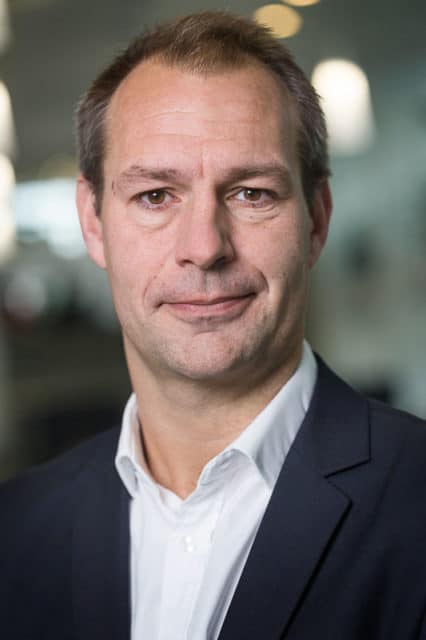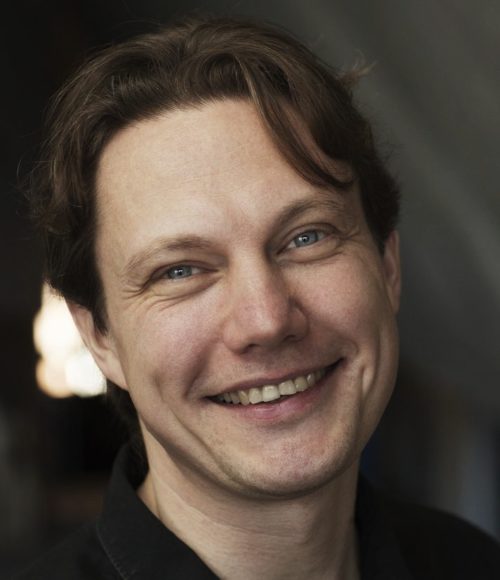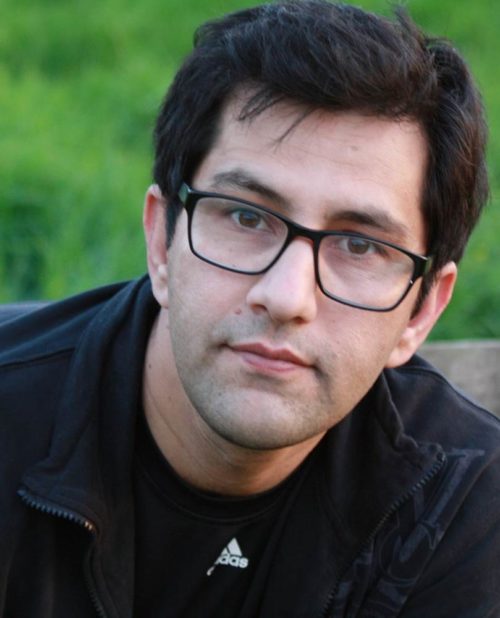
AU Digital Innovation Conference 2022
A one-day conference about cutting edge research and appliance of new knowledge in the digital industry.
Venue: Nygaard Building, Aarhus University, Finlandsgade 23, 8200 Aarhus N
May 25, 2022
8.45 - 9.10 Registration and Coffee
9.10 Opening Session
Session Introduction: The opening session of AU Digital Innovation Conference 2022 will introduce different approaches and examples of collaboration between digital/tech research at Aarhus University and the regional digita/techl business and industry. Learn about existing programmes and and collaboration initiatives that explore new approaches to complex innovation challenges from a research, societal and industrial perspective.
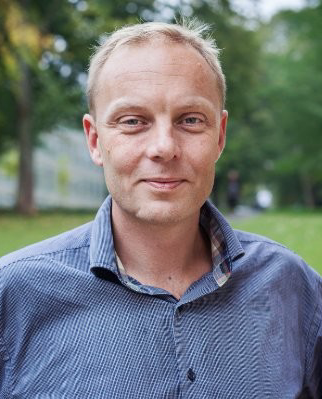 Jeppe Dørup
Jeppe Dørup
Head of Innovation
Enterprise and Innovation
Aarhus University
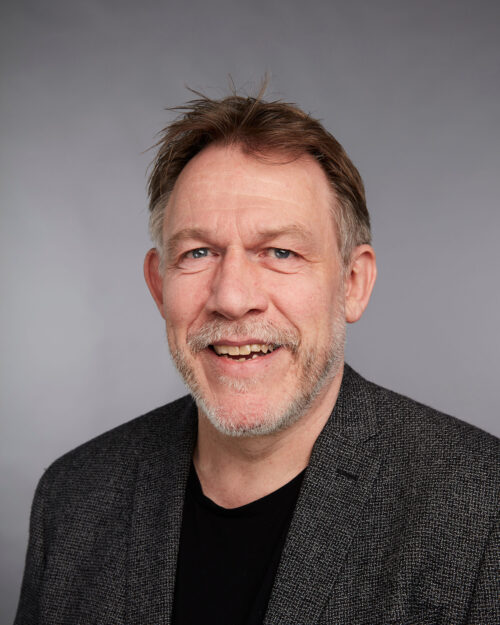 Kaj Grønbæk
Kaj Grønbæk
Professor, Head of Department
Department of Computer Science
Aarhus University
9.30 Opening Keynote - What is Network Observability?
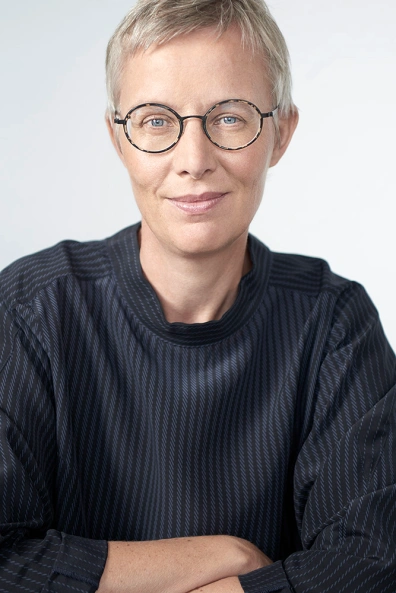 Abstract:
Abstract:
If you haven’t heard of network observability yet, you will very soon. And you’ll be hearing it a lot. Some say it is just marketing hype. Some say networks have always been observable. But network observability is the most important, new concept to hit the network performance monitoring space in years.
For networks that power critical services, you need to be able to answer key questions, like: “Is it the network?” Or, “Why are our data costs so high?” Or, “When will we be at capacity?” Or, “Are we being attacked?”
The Kentik Network Observability Cloud is a comprehensive, integrated platform that gives you visibility across any network, public and private clouds, on-premises networks, SaaS apps, and other critical workloads – all to deliver compelling, actionable intelligence to plan, run and fix any network.
Bio:
Nina Bargisen is currently working as Director of GTM Strategy at Kentik – a network observability and monitoring company based In San Francisco, California.
Previously Nina worked as Network strategy and Partner Engagement Manager for Netflix, responsible for EMEA. In this role, which is part of the Open Connect Team, she worked with ISPs and IXPs to deliver Netflix traffic in the best way possible for the members and for the ISPs.
Nina also worked for ten years as a Network Planner and Peering Coordinator for TDC Group – the largest telecommunications company in Denmark. She has been active in the Internet Community for more than a decade. Among other things Nina served on the NANOG program committee, the LINX Board of directors and is currently Working Co-Chair for the MAT-WG at RIPE.
10.15 - 10.45 Networking and Coffee Break
10.45 Session 1 - Data Analysis and AI
Session introduction: Data is increasingly recognised as an important asset to science and business. Recent advancements in artificial intelligence and data analysis enable new insights into data and open up novel digital business strategies and models. In this session, experts from research and industry present and discuss state of the art technology and share experiences.
Session Lead: Ira Assent, Professor, Department of Computer Science, Aarhus University
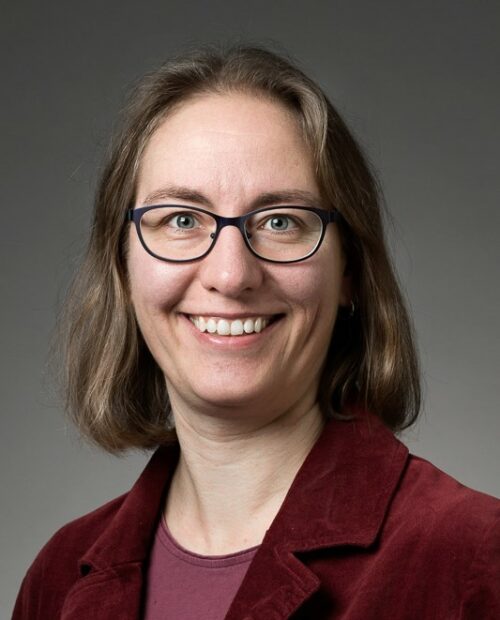 Ira Assent
Ira Assent
Professor
Department of Computer Science
Aarhus University
Today, Earth observation satellites generate massive amounts of image data every day. This data, along with recent developments in deep neural networks, has enabled the development of machine learning systems that automatically classify which crop types are planted on agricultural land, a task which has major economical and environmental value. While existing neural network models achieve high accuracy in the regions they are trained in, their performance often drops significantly in new regions. In this talk, we dive into crop classification with deep learning using satellite images, and our research on improving the generalization of these models when applied across large geographical scales.
Machine Learning Specialist
FieldSense
Within the last decade language models like GPT3 or BERT have become the standard in Natural Language Processing (NLP) across a wide variety of tasks from translation to hate speech detection. Even low-resource languages like Danish have their own language model, but Norwegian models perform better than Danish model!? This talk will walk you through the current state and shortcoming of the Danish NLP and how we plan to improve them through a nationwide cross-sector collaboration.
PhD Student
School of Culture and Society
Aarhus University
Natural Language Processing (NLP) capabilities continue to improve dramatically with the increased use of Machine Learning (ML). NLP research at Google focuses on algorithms that apply at scale, across languages, and across domains. Our systems are used in numerous ways across Google, impacting user experience in search, mobile, apps, ads, translate and more. I will present tools and techniques for explaining and potentially improving ML-based NLP models.
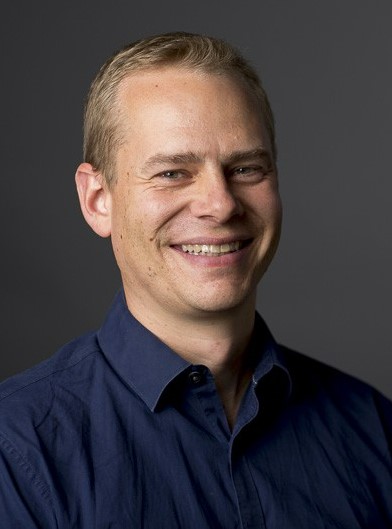
Anders Thorhauge Sandholm
Senior Product Manager
Google
With offset in a concrete project with Thisted municipality we show how applied deep learning / NLP can help ensure relevant documentation for citizen care (hjemmeplejen). Patient records are important in order to provide timely and correct service to citizens in need. However documenting complex needs and changes can be difficult and time consuming, especially on a small mobile screen in the citizen’s home. We show how NLP can create a natural workflow which support the user in updating the patient record correctly.
Senior Data Specialist
Systematic
Along with the growing complexity and volume of modern financial market data, we witness a wider use and interest in Machine-learning (ML) methods for financial modeling. ML methods have been shown to be reliable alternatives in numerous predictive tasks to traditional econometric methods, however, engaging ML models with a probabilistic dimension and boosting their interpretability are real challenges. Recent advances in ML and Bayesian methods have shown the feasibility of Bayesian inference for general large-scale, complex deep-learning models, enabling their use in high-risk domains where the quantification of uncertainties associated with parameters’ estimates and forecasts is of utmost importance. By discussing challenges, opportunities, and recent developments, the talk will provide a glimpse into our research on Bayesian Neural Networks (BNN) for econometric modeling. With their feasible implementation, BNNs constitute an explainable and reliable tool for gaining a predictive edge on the markets.
Postdoc
Department of Electrical and Computer Engineering
Aarhus University
12.30 - 13.30 Lunch Break
13.30 Session 2 - Decentralized Security and Trust
Session introduction: Cyber security has become an import factor in society. One important question is how to build trust on the internet in a decentralized way, while preserving privacy. In this session, we have experts from industry and academia speaking on how to build trustworthy systems using blockchains and related technologies.
Session Facilitator: Bas Spitter, Associate Professor, Department of Computer Science, Aarhus University
The Alexandra Institute is working with applied research in the field of digitization and computer science. This includes cybersecurity, a field where the Alexandra Institute has participated in a long list of research projects on decentralized trust and security both between organizations and between individuals and organizations. These projects has been on developing and implementing novel cryptographic tools but also on getting the broader industry to apply current best practices in cyber security. Gert Læssøe Mikkelsen will talk about some general findings on decentralized trust and security from these projects.

Head of Security Lab
Alexandra Institute
With decentralized blockchains and Web3 comes the promise of open, traceable, transparent transactions that cut out the middleman. Privacy is essential to allow interactions to be conducted publicly, but without disclosing the involved parties. Current blockchain protocols achieve privacy through anonymity, yet anonymity comes at a high price: a complete lack of accountability, and it is the reason white collar crime: ransomware, scams, rug pulls, white washing, and more run rampant in some parts of the crypto industry.
Concordium is a layer-1 blockchain with verified, trusted identities built-in at the protocol layer which preserves essential privacy in transactions yet provides accountability to counterparties. Concordium’s novel approach provides self-sovereign control of user identity information and allows Web3 applications to selectively ask indirect questions directly to the counterparty, “are you older than 18?”, “are you from Europe?”, etc. using zero-knowledge proofs, so minimal information is exchanged. This talk gives an overview of Concordium’s approach to decentralized, secure, trusted, and accountable transactions which heralds a new era in blockchain and distributed systems: the age of accountable privacy.
 Kåre Kjelstrøm
Kåre Kjelstrøm
CTO
Concordium
Billions of Euros are lost every year due to software problems in blockchains.
I will highlight some of these vulnerabilities and explain how formal methods can help to avoid them. In particular, I will focus on smart contracts (small programs running on the blockchain) and on high assurance cryptographic software.
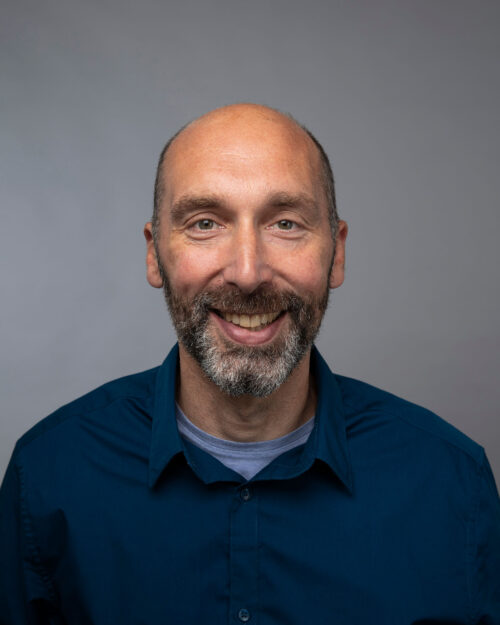
Bas Spitters
Associate Professor
Department of Computer Science
Aarhus University
The launch of the mainnet for the Partisia Blockchain May 31st is the culmination of five years of design and development. This represents a major milestone and is the first time the innovation and new design is being put to the test. This talk will present some of the core ideas and choices telling the story of a layer 1 platform serving as layer 2 for the existing ecosystem.
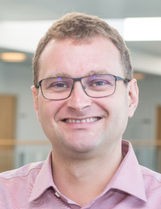
Peter Frands Frandsen
CTO
Partisia
Currently available technology for secure multi-cloud storage using random linear network coding (RLNC) and other erasure codes, have a number of limitations for operating on small chunks of data (e.g., incurring additional overheads) and generally being unable of providing analytics on those pieces of data. Thus, the current approach for secure multi-cloud storage is not well suited or efficient for querying, analysing, and learning from IoT sensor data. This talk explores the seamless combination of multi-party computation (MPC) and secure multi-cloud storage based on RLNC to deliver an uninterrupted process of secure transmission, storage and processing of user/customer critical data without revealing such data to either the multi-cloud storage system, the MPC system, or third parties (malicious or otherwise).
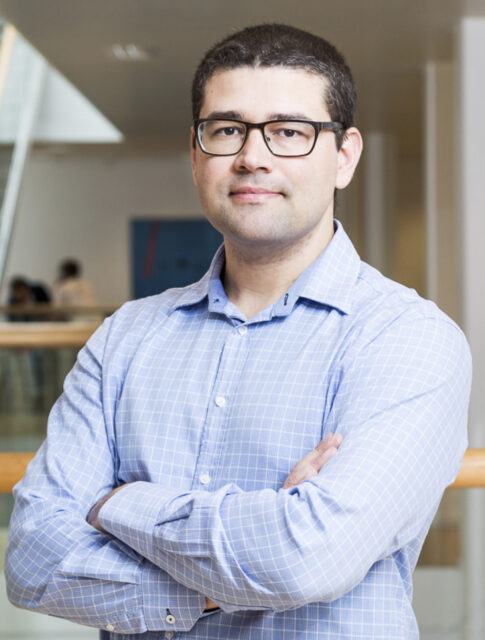
Deputy Head of Department
Department of Electrical and Computer Engineering
Aarhus University
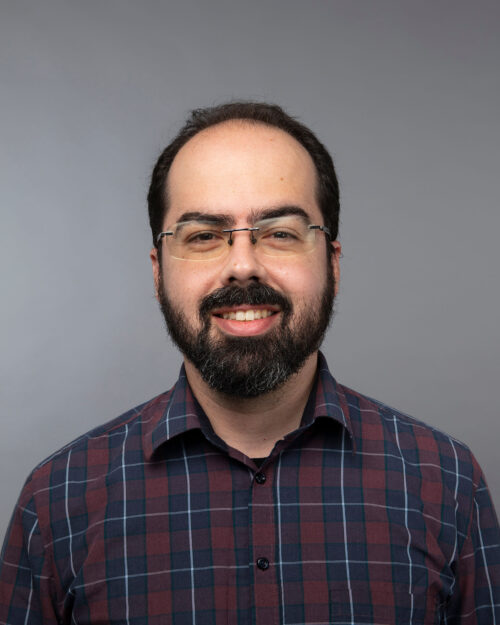 Diego Aranha
Diego Aranha
Associate Professor
Department of Computer Science
Aarhus University
 Bas Spitters
Bas Spitters
Associate Professor
Department of Computer Science
Aarhus University
15.30 Session 3: Digital Value Creation
15.15 - 15.30 Networking and Coffee Break
15.30 Closing Keynote - Humio: A Startup 35 Years in the Making
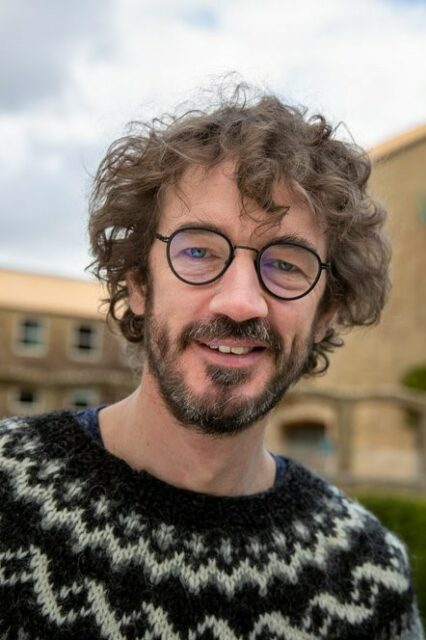 Bio:
Bio:
Kresten Krab Thorup is an experienced founder, innovator and specialist in advanced systems engineering. In 2016 he co-founded ‘Humio’ a log management platform company based in Aarhus. In 2021 Humio was aquired by Crowdstrike and Kresten is currently CTO at ‘Humio – a Crowdstrike Company’.
Previously Kresten also co-founded the software company Trifork and has been the Chief Editor and chair of the GOTO Conference for many years and Executive Editor of a number of QCon Conferences.
Kresten holds a PhD in Computer Science from Aarhus University and a bachelor degree in Computer Science from Aalborg University.
Official ending the conference program and making the transition to the Open Katrinebjerg event.
16.15 - 18.00 Open Katrinebjerg Tour and Reception
16.30 - 18.00 Open Katrinebjerg Tour and Reception
As part of Aarhus University Digital Innovation Conference 2022 we open up many of our digital labs and showcase some of the projects and tools our researchers and students are using every day. Join one or all of the various guided tours to student and research labs at Katrinebjerg.
Guided tours of approximately 20 minutes each will be announced at the Open Katrinebjerg event in the Nygaard conference and reception area.
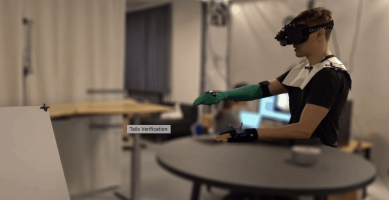
The iRum is an experimental facility for students and researchers at the Department of Computer Science, Aarhus University. The lab is used for prototypes mainly in connection with our Ubiquitous Computing and Interaction group. Many students also uses the iRoom for building and testing prototypes in project course and thesis work.
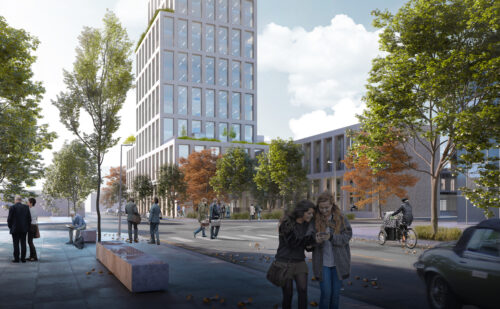
Get a tour of ‘INCUBA Next’, our extension to the existing INCUBA community at Katrinebjerg, which will be part of Aarhus’ new, modern university campus.
INCUBA Next consists of 22.000 square meters and 18 floors and will be home to fast-growing companies from the startup environment with international potential. INCUBA Next will ensure state-of-the-art and efficient frameworks to grow in close to students, researchers, and related companies. INCUBA Next will be the first new construction in the large western part of Katrinebjerg, for which the city council recently approved the district plan.
INCUBA is a science park and a professional community for startups, scaleups, innovation departments and established companies. We offer scalable office space and ideal growth conditions through a combination of network, mentoring and contact to investors, businesses, and research within IT/tech, cleantech and life science.
At the Department of Electrical and Computer Engineering
At the Department of Computer Science
The NeuroTechnology Lab is a research laboratory hosting activities within a broad spectrum of technologies related to the human nervous system. The lab is equipped with instruments for biosignal recordings, custom build equipment for specific experiments, and conventional electronic lab instruments. We will give a general introduction to the activities going on in the lab, and in particular show our ear-EEG technology for real-life brain monitoring.
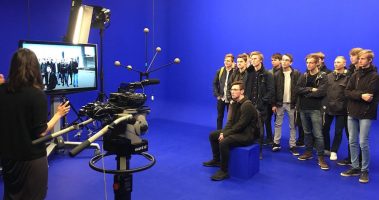
Get a guided tour of CAVI, aka the Center for Advanced Visualization and Interaction. On the CAVI tour, you will get to see the interactive terracotta warrior, the interactive music table Radartable, and a number of other inventive examples coupling digital technologies with the physical world. CAVI has existed for almost twenty years and has formed a framework for the design, development and production of a large number of projects that unite research with the concrete application of digital technologies.
CAVI is as an interdisciplinary research center at Aarhus University, Denmark. CAVI’s original researchers primarily had a background in interaction design, but in 2013 a core group of Aarhus University’s digital aesthetics researchers joined CAVI.
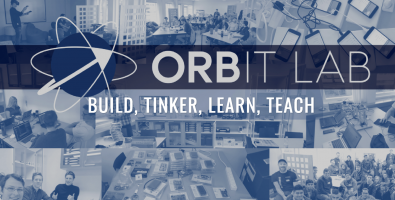
Take a tour of ORBIT Lab at the AU School of Electrical and Computer Engineering. At the Katrinebjerg-based tech hub you get to see the facilities, study environment and equipment, plus get a brief introduction to some of the emerging technologies they are working with … They might even have a demo or two, for you to try!
ORBIT Lab is a creative and inspirational tech hub with workspaces and unique experimental facilities packed with the most recent technologies in ICT such as mobile, wearable, cloud, internet of things, virtual reality and augmented reality.
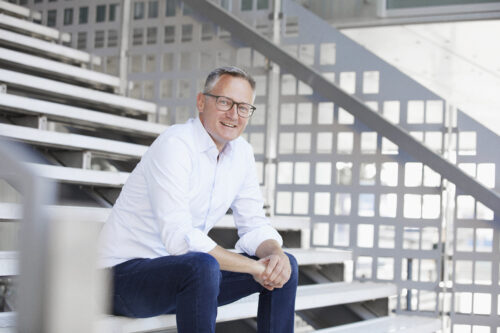
Meet The Alexandra Institute
– Impartial digital innovation partner since 1999
We help companies and organisations apply world-class IT research in practice.
Our experts spend around half their time working on cutting-edge R&D projects.
As an RTO, we have been assigned by the Ministry of Higher Education and Science to transfer IT knowledge to industry.
We reinvest any profits in new IT research that leads to new sustainable digital products and services, creates jobs and solves societal challenges.
We are owned by Aarhus University Research Foundation (an independent foundation that funds research at Aarhus University).
DD Lab is a Physical Computing Lab and educational facility situated at the Department of Digital Design and Information Studies at the School of Communication and Culture, AU. The main purpose of DD Lab is to introduce students to knowledge, tools, techniques and technologies, which allows them to work with the practical application of physical interaction within the subject of Digital Design.
Postponed
8.45-9.15 Registration and coffee
9.15 Day 2 Opening: To be announced
10.30-11.00 Coffee Break
11.00 Session 4: Physical Computing, IoT and Smart Cities
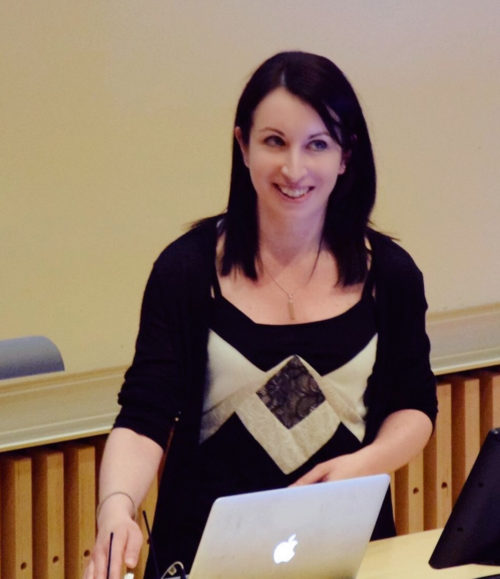 Eve Hoggan
Eve Hoggan
Assoicated Professor
Department of Computer Science
Aarhus University
12.30-13.30 Lunch Break
13.30 Session 5: Emerging Computing Paradigms
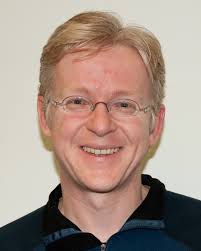 Hans Gellersen
Hans Gellersen
Assoicated Professor
Department of Computer Science
Aarhus University
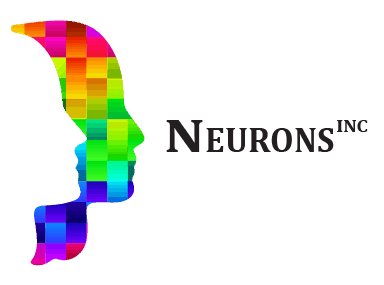 How does your brain react to Virtual Reality? Can your smartwatch detect your levels of stress? What is the potential value of your eye-tracking data? — Answering these questions requires a bridge between science and marketing. We will talk about how companies are using a combination of brain scanners, eye tracking, and AI to understand how people make decisions.
How does your brain react to Virtual Reality? Can your smartwatch detect your levels of stress? What is the potential value of your eye-tracking data? — Answering these questions requires a bridge between science and marketing. We will talk about how companies are using a combination of brain scanners, eye tracking, and AI to understand how people make decisions.
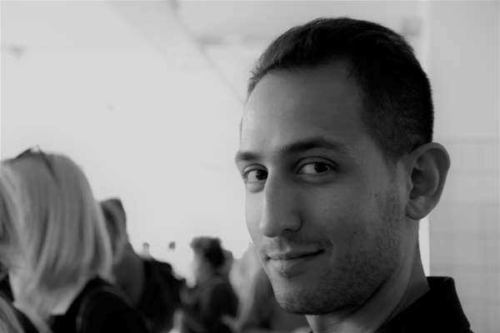 Alex Lopera is a Research project manager at Neurons Inc. He has a background in Psychology and Neuroscience. His latest projects include measuring brain responses to Virtual Reality, using EEG and heart rate to detect stress at work, and using AI to predict human attention. He consults global brands such as Ikea, Facebook or Booking.com on how to understand their consumers’ decision making.
Alex Lopera is a Research project manager at Neurons Inc. He has a background in Psychology and Neuroscience. His latest projects include measuring brain responses to Virtual Reality, using EEG and heart rate to detect stress at work, and using AI to predict human attention. He consults global brands such as Ikea, Facebook or Booking.com on how to understand their consumers’ decision making.
What you look at predicts what products you choose, but what predicts what you look at? We know, for instance, that products in eye height are looked at more often, but many other factors also influence our attention. We will talk about algorithms that predict when and where you look, and how these algorithms can be used to improve the design of stores, products, and advertisements.
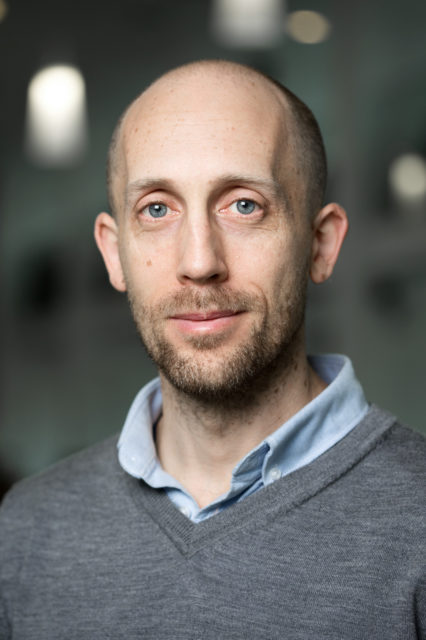 Jacob Lund Orquin
Jacob Lund Orquin
Associate Professor
Department of Management
Aarhus University
Jacob L. Orquin is Professor at Aarhus University and his main research interest is the intersection between decision-making and eye movement control. He has published in top journals in psychology and business including PNAS, Psychological Science, Psychological Bulletin, and Journal of Business Ethics. Jacob is associate editor at Acta Psychologica and guest editor at Journal of Business Research.

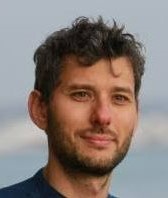 Thomas Riisgaard Hansen
Thomas Riisgaard Hansen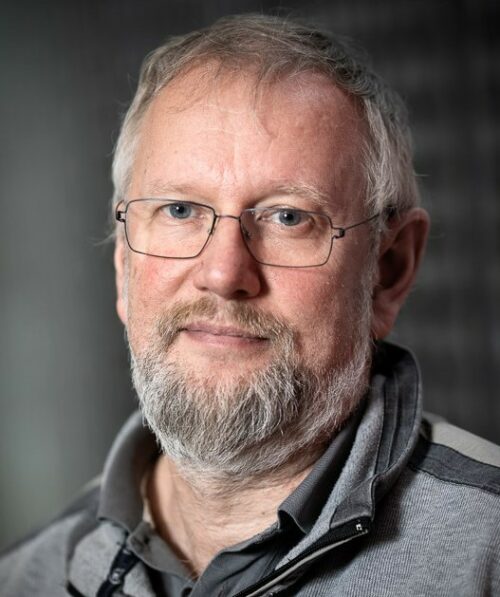 Peter Gorm Larsen
Peter Gorm Larsen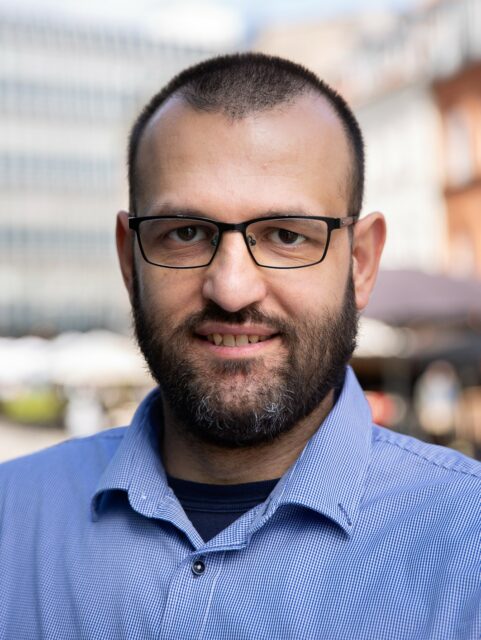 Alexandros Iosifidis
Alexandros Iosifidis
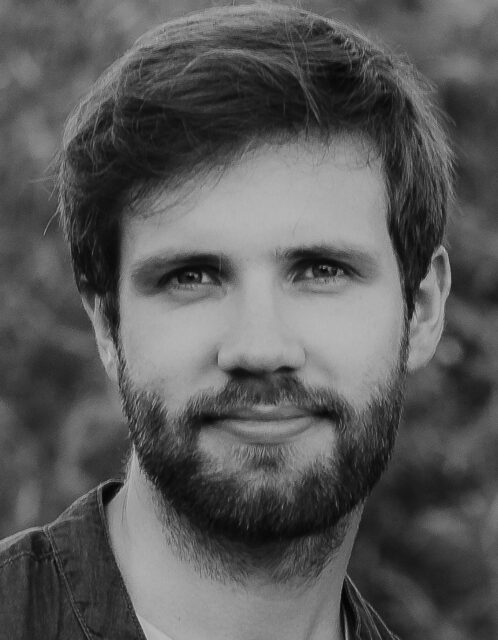 Kenneth Enevoldsen
Kenneth Enevoldsen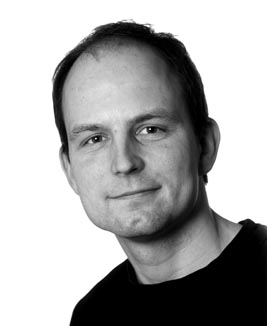 Jan Neerbek
Jan Neerbek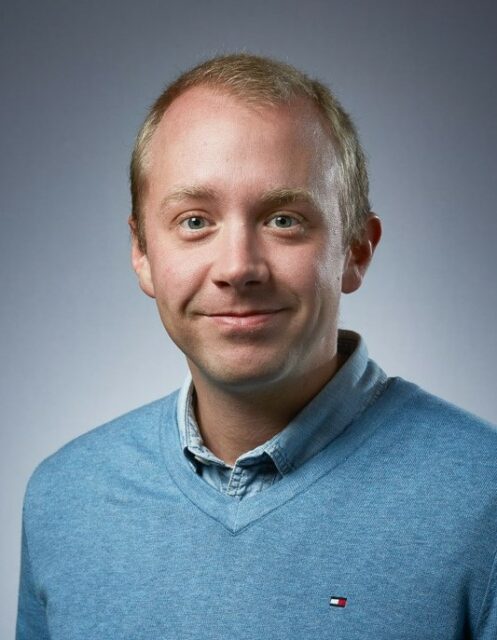 Martin Magris
Martin Magris